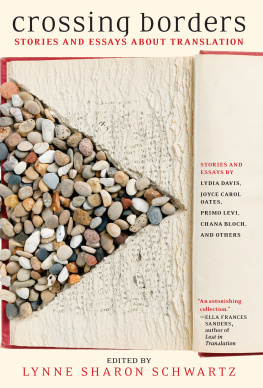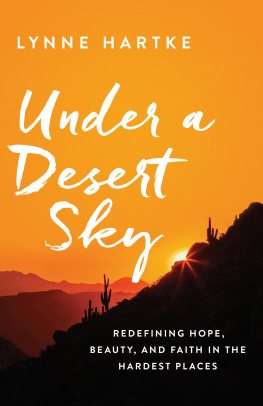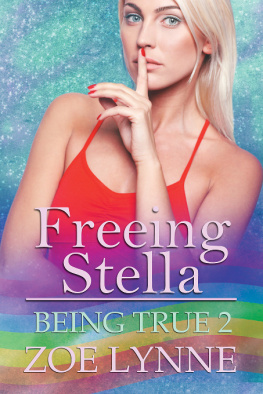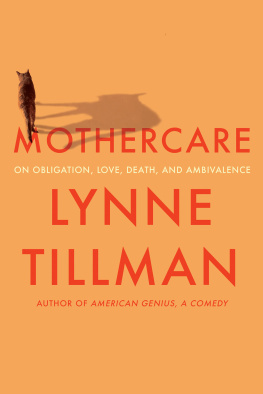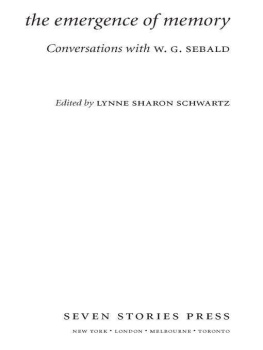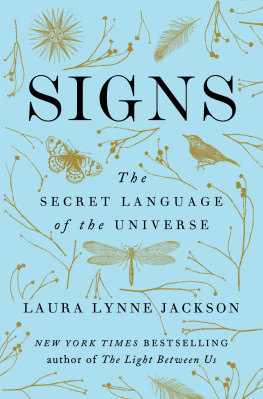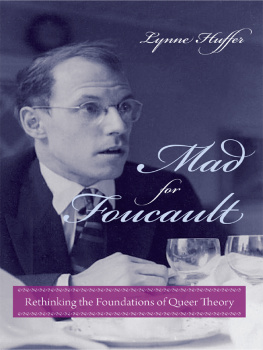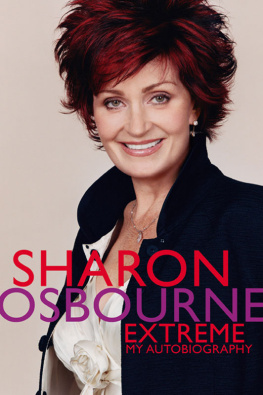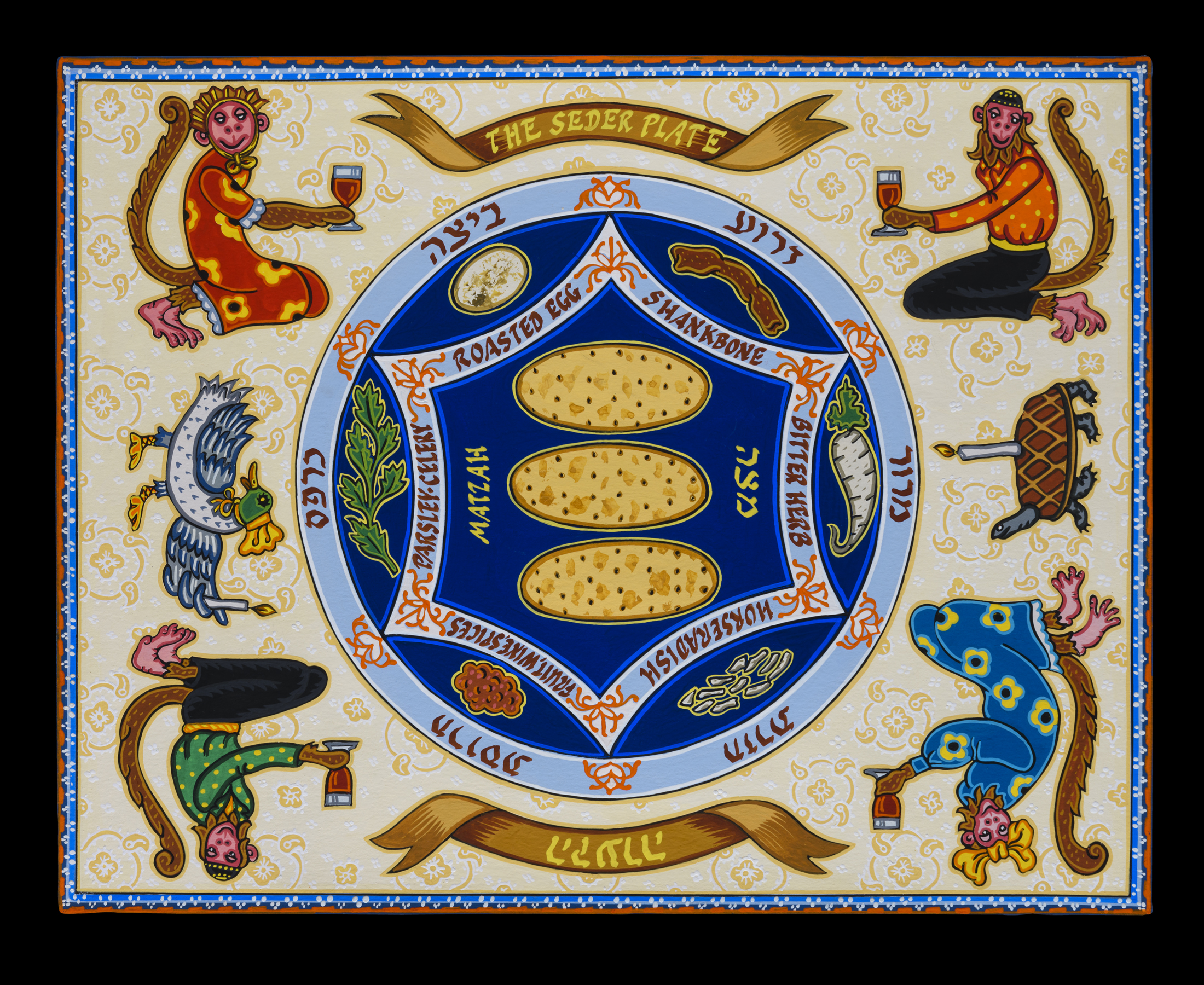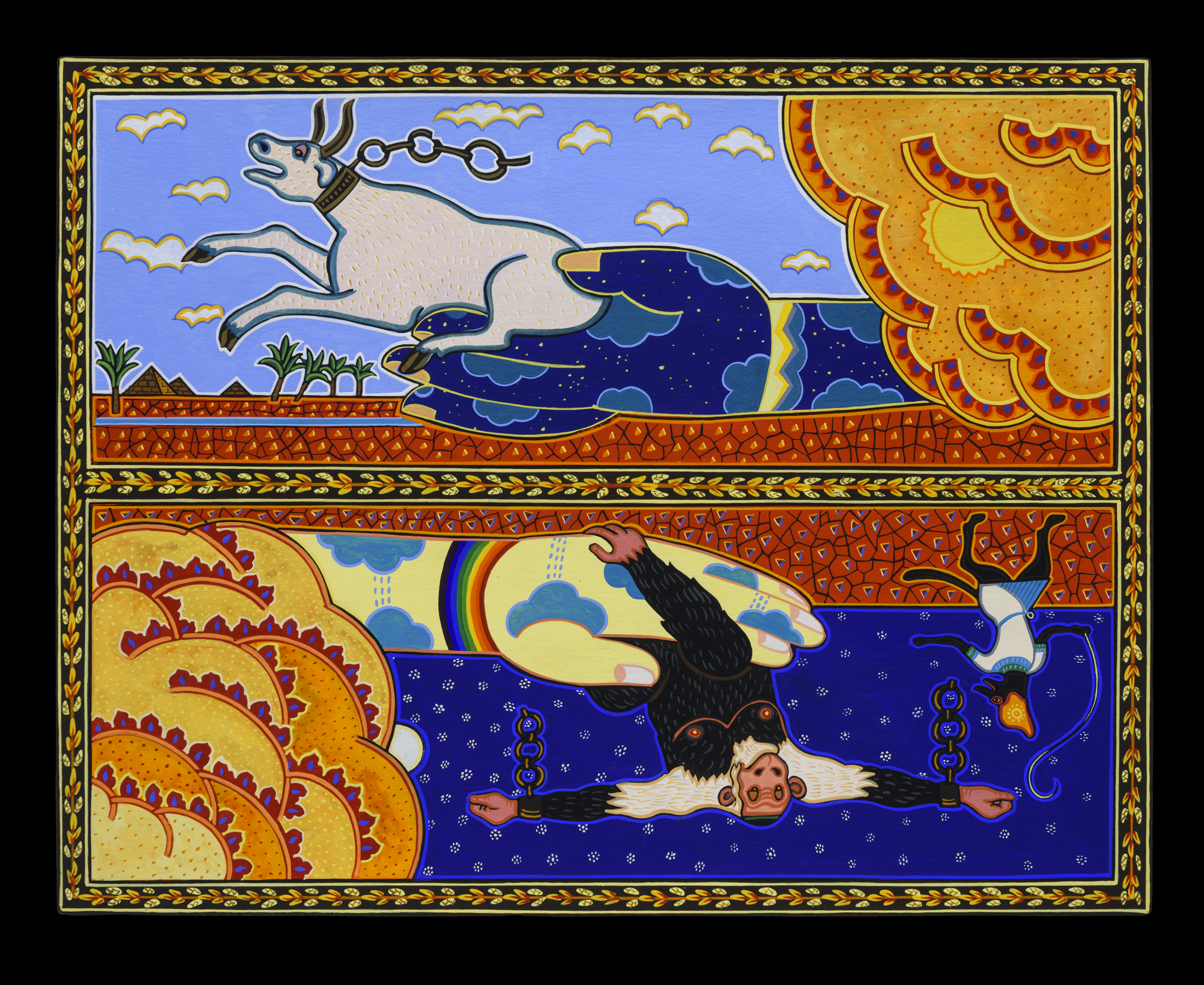Contents
Guide
Pagebreaks of the print version
This is an Arthur A. Levine book
Published by Levine Querido
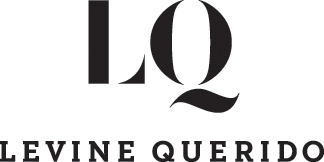
www.levinequerido.com info@levinequerido.com
Levine Querido is distributed by Chronicle Books LLC
Text copyright 1989, 2021 by Lynne Sharon Schwartz
Paintings copyright 1989, 2021 by Leora Lev, Richard Schwarzenberger, Dominic Martello, and Jorge Martin
Art Note 2021 by Ori Z. Soltes
Ori Shermans artwork was made available by The Magnes Collection of Jewish Art and Life, U.C. Berkeley, who received the paintings as a gift from the artist.
Originally published in 1989 by Dial Books
All rights reserved
Library of Congress Control Number: 2020935937
Hardcover ISBN 978-1-64614-036-7
Ebook ISBN 978-1-64614-102-9
Published in January 2021
Second Edition, First Printing
Book design by Atha Tehon and Semadar Megged
Calligraphy by Lili Cassel Wronker
The text type set in ITC Galliard Std
The art for this book was created using gouache, a painting technique in which opaque colors are ground in water and mixed with a preparation of gum. Each painting was then color-separated and reproduced in full color.
The photography of the artwork for this edition was done by Sibila Savage Photography.
To my parents, Earl and Anna Sherman, may they rest in peace, who made my first seders such beautiful and memorable experiences; and to my friends Charles Little, Dominic Martello, and Richard Schwarzenberger, who have enriched my life; and to all my brothers and sisters, both human and animal, who are not yet free, I dedicate this book.
O.S.
For my nieces, Dara and Jaclyn Sharon
L.S.S.

O n a certain night each year when the dark of winter is passing and the world is warming up for the green of spring, Jews in all lands gather to celebrate a joyful holiday. Passover, or Pesach. The house is sparkling clean and everyone is dressed up and the table is set with new dishes and glasses. Everybody has a glass of wine to drink and a book, the Haggadah, with the Passover story and songs.
On the Seder plate in the center of the table are special foods, foods not eaten on ordinary nights. At Seder tables around the world the children ask, What are we celebrating? Why these special foods?

Why is this night different from all other nights?
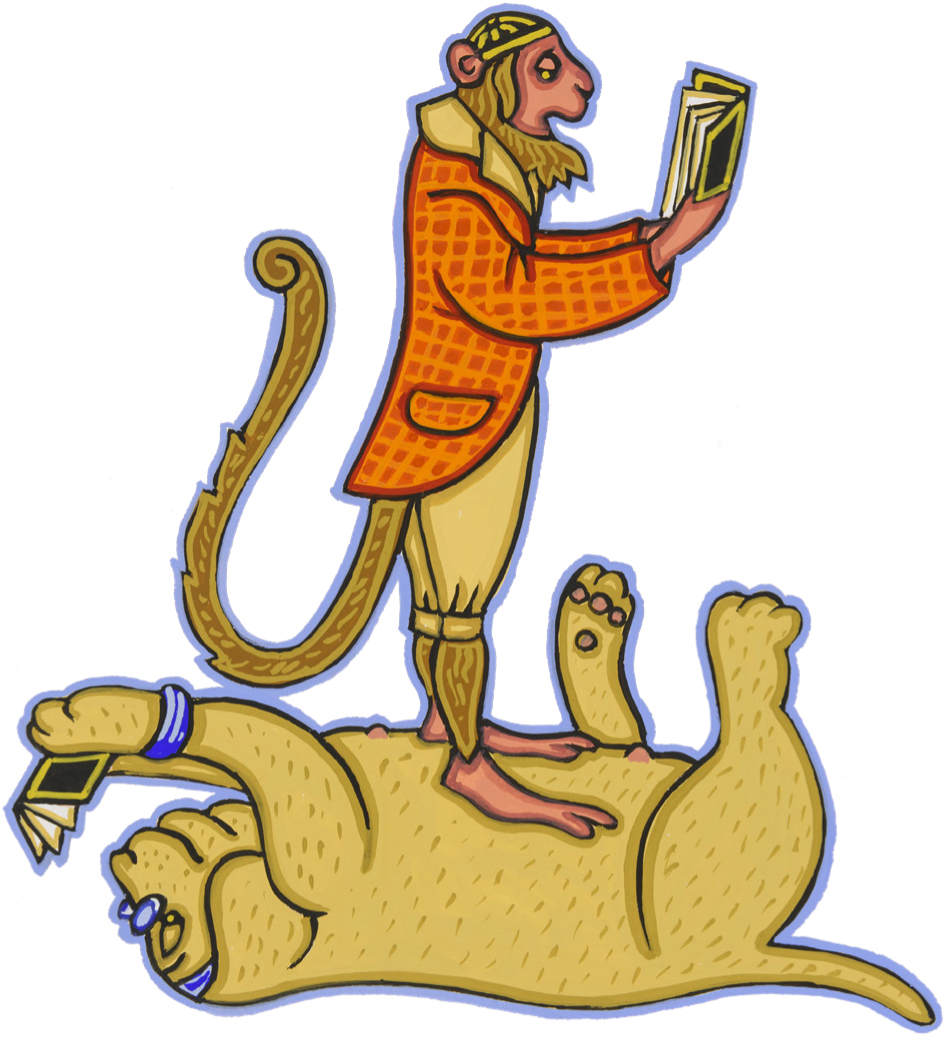

The mothers and fathers answer: Long ago we were slaves in the land of Egypt. And after years of hard work and bitter sorrow, God led us out of Egypt and set us free. We celebrate to give thanks and to remember how we won our freedom. We do more than remember, though. We tell how it happened and eat the foods and drink the wine so we can feel the story happening to us as it did to the Jews long ago.
Each one of us is free because of what happened in Egypt, and so the Passover Seder is a feast of welcome, of family and friends coming together in gratitude. The door is open. Let all who are hungry come and eat. Let all who are lonely come and join the family. Let all who are curious come and see how we celebrate. And let the prophet Elijah enter and drink a cup of wine too.
The shankbone on the Seder plate reminds us of the lambs the ancient Jews used to offer to God at their spring holiday in hopes of a good harvest.
The roasted egg on the plate means the birth of a new season and a new life. For just as fresh young creatures break out of an egg, the Jews came to life as a nation when God freed them with his strong hand and outstretched arm.

It happened this way.
God chose Moses to go to Pharaoh, the leader of the Egyptians, and say: It is wrong to keep anyone in slavery. Let my people go.
But Pharaoh refused.
God sent down plagues to frighten the Egyptians so Pharaoh would obey. First he turned the rivers to blood so the fish died and the water was spoiledno one could drink. He sent thousands of frogs to creep through the land, and then lice to itch, and swarming gnats to torment the people. He sent a sickness that killed all the cattle. He made boils break out on everyones skin. Hail and lightning destroyed the trees and crops, and locusts ruined whatever growing things were left. And as if that were not enough, God sent a thick darkness that covered the land for three days.
With each plague, Pharaoh promised to free the Jews. But when the plague was over, he went back on his word and said no.

Finally God sent a tenth plague, the worst of all. He sent down the Angel of Death to kill the firstborn son of every Egyptian family.
It was the night of the Jews spring holiday, when every family sacrificed a lamb to God. Moses told the Jews: Dip a leafy branch in the lambs blood and sprinkle a few drops on your doorposts. That way the Angel of Death will recognize you and pass over your houses and not kill your children.
And the Jews did, and the Angel of Death passed over their houses. So our holiday of remembrance is called Passover.
Meanwhile Pharaoh was wakened in the middle of the night by a great cry. When he saw what had happened, when he heard the Egyptians in every house shouting and weeping for their children, he told the Jews: Go. Your God is too strong for me. Leave Egypt this very night, and be gone by morning.


